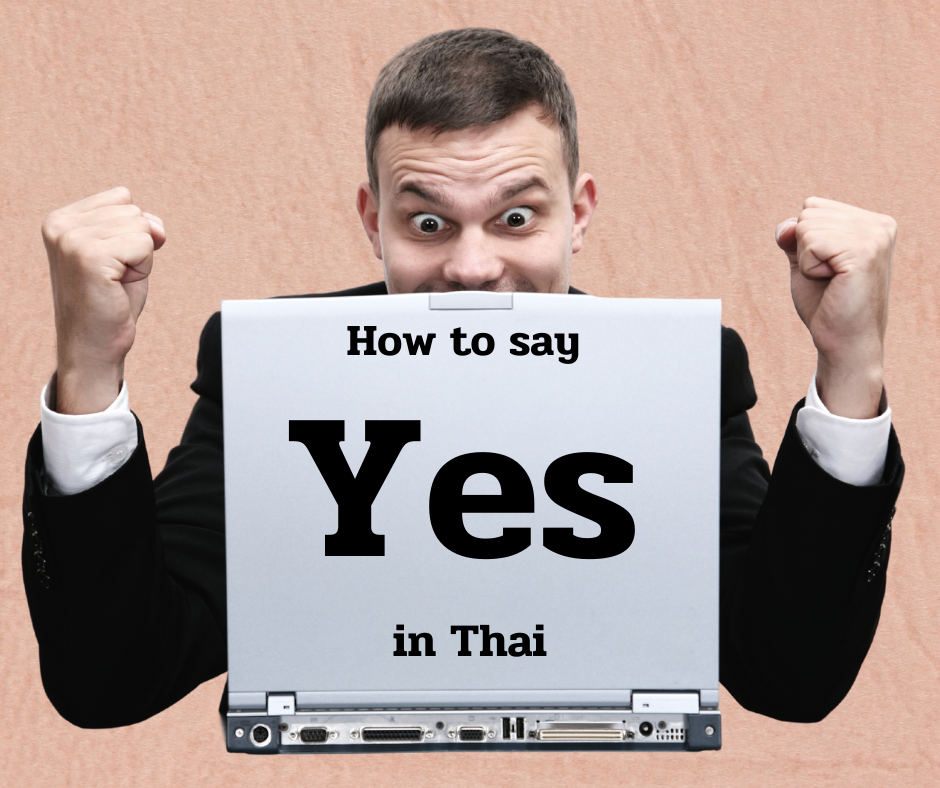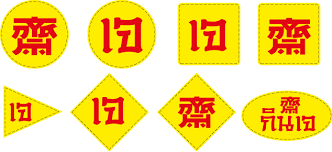
How to Say Yes in Thai: Understanding CHAI and Other Common Phrases
Learn the authentic ways to say ‘yes’ in Thai beyond just ‘CHAI’. Discover how to answer yes/no questions correctly in various contexts.
The word “Yes” doesn’t really exist in Thai. The first word you’ll encounter is ใช่ (chai), but that’s usually not the best choice. Typically, you say YES by repeating the key word in the question, or you negate that word to say NO. Understanding this will help you navigate Thai conversations more naturally.
As with many languages, you can’t always translate words directly. In Thai, you express YES or NO based on the context of the question, often without using pronouns. If ใช่ (chai) isn’t in the question, it’s usually better not to use it in the answer.
How to Say Yes in Thai – The Quick Answer
ใช่ (chai) – yes (*actually means “It is” or “that’s right”)
In Thai, you express YES or NO based on the question. Pronouns are often unnecessary. If ใช่ (chai) isn’t in the question, it’s usually best to avoid using it in the answer.
How to Answer Yes / No Questions in Thai
In Thai, answers are often contained within the question itself. Pronouns (you/I/he/she) are usually omitted if the context is clear.
The word MAI ( ไหม) at the end of sentence functions like a YES/NO question marker.
Example:
Q: ไปไหม (ppai mai) – Are you going? [Go + QUESTION_PARTICLE]
Q: ชอบพิซซ่าไหม (chawp phit-sa mai) – Do you like pizza?
When to Use and Avoid CHAI
Use CHAI ( ใช่) when responding to questions that end with …CHAI MAI? ( ใช่ไหม) and you want to respond affirmatively. CHAI (ใช่) really means “It is,” or sometimes “That is right.” It is not used with the same level of frequency as “YES” in English.
Example:
If someone wants to confirm that you like pizza, rather than just ask you, you may hear this:
Q: ชอบกินพิซซ่าใช่มั้ย – (chawp kin pissa chai mai) – (You) like eating pizza right?
Other Common Thai Sentence Patterns:
Yes/No Question Pattern: ___ รึยัง – Did you ____ or not yet?
Another very common Thai question that you’ll hear everyday is …. ru yang? (รึยัง) which literally means “or not yet?” but is used ALL THE TIME. It sounds a little strange in English if we translate it word for word, but this is is basically an additional Yes/No sentence pattern you can use when we expect the thing we are asking about to happen often and/or eventually.
Q: กินข้าวรึยัง (kin khaao ru yang?) – have you eaten yet? (lit. eat rice or not yet)
Q: มีแฟนรึยัง (mee fan ru yang?) – Do you have a gf/bf/husband/wife yet?
Now, there are many different question patterns in Thai. Here’s another example where you would never use ใช่ (chai).
Q: พรุ่งนี้อยากไปดูหนังกันมั้ย – (phrung nee yaak ppai duu nang gan mai?) – Do you want to go see a movie tomorrow?
Want to Learn to Read Thai?
A crucial part of learning Thai is mastering the Thai script, sounds and tones. English transliterations often fall short in capturing correct pronunciation. If you really want to speak Thai compently and confidently, the fastest and most efficient way to do this is to learn the script first.
Sign up and receive at least 5 free lessons from the first course in my Learn Thai Inner Circle program, which teaches all the core skills you need to start speaking and reading Thai language.






